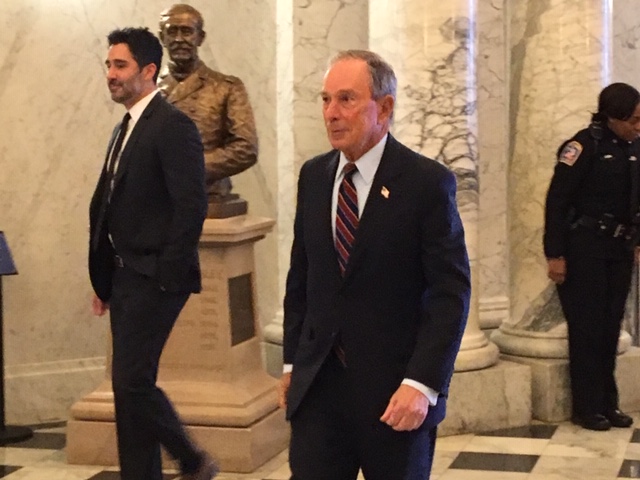
To Bloomberg, or not to Bloomberg: that is the question before Maryland Democrats.
The name Michael Bloomberg is writ large across Maryland, although many voters might not immediately associate the name with the candidate who’s spread billions of dollars across the state.
They soon will.
Michael Bloomberg, former mayor of New York and newly launched Democratic candidate for president, is a graduate and benefactor of the Johns Hopkins University, its former board chairman and namesake of its Bloomberg School of Public Health.
One of America’s 10 wealthiest men, Bloomberg, a media and business magnate, has donated $1.8 billion to the Johns Hopkins University for scholarships, and $300 million to the School of Public Health, which was renamed for him.
All totaled, Bloomberg has given $3.3 billion to Hopkins and its affiliates over his lifetime and since his first contribution of $5 in 1964, the largest donation to a university in American history. The Children’s Center at Johns Hopkins is named for his mother, Charlotte D. Bloomberg.
What’s more, while that kind of money might not appear to trickle down to street echelons, the donations help sustain one of Maryland’s most durable institutions and the state’s largest employer. Hopkins has 54,623 employees at its different locations in Maryland, with 40,564 employees in Baltimore City. That’s a broad constituency on which to build.
The School of Public Health alone trains 95% of the public health officers in the world. So name almost any global health crisis or foreign policy hot spot, and Hopkins — and by extension, Bloomberg — is most likely already there or on call.
Bloomberg seems to be the man who has everything — except the presidency. He does not mince words. He is in the race to defeat President Donald J. Trump, a constituent for the 12 years Bloomberg served as mayor of New York.
Which raises the question: What could Bloomberg have on Trump, if anything? Not that it matters, because the oleaginous Trump has been able to wriggle and writhe his way out of almost any tight spot, especially now with the suck-up connivance of Attorney General William Barr and his servile Department of Justice — Barr’s tardy but extraordinary protestation of dubious authenticity notwithstanding.
With polls in hand and billions in the bank, Bloomberg is the talk of Maryland as much as any of the remaining long-term candidates for president. He is viewed as, perhaps, the Democratic party’s last best hope against President Donald J. Trump, while the others – all 24 of them – have nearly talked themselves out of contention or the race. The latest to drop out of the Democratic pack are Andrew Yang, Sen. Michael J. Bennet (D-Colo.) and former Massachusetts Gov. Deval Patrick, the remaining black candidate to take the fall.
The center is not holding. Democrats appear unable so far to decide who or what they want to represent the moderate flank of the party. Muddled and inconclusive, seven candidates are still standing and without a decisive front-runner.
Electability is still very much a front-of-the-brain issue with voters. It is into that shifting vacuum that Bloomberg hopes to stake his claim and plant his flag as the Democratic nominee.
Bloomberg has skipped the four early caucuses and primaries to move on to the Super Tuesday elections on March 3, when 1,357 delegates are up for grabs in 14 states, American Samoa and Democrats abroad. A total of 1,990 delegates are needed to win the party’s nomination at its Milwaukee convention in July.
Bloomberg hovered over the New Hampshire ballot like a brooding Banquo while the top four — Bernie Sanders, Elizabeth Warren, Joe Biden and Pete Buttigeig — were all but winnowed to three, though inconclusively, following the first cut in the chaotic Iowa caucuses.
Sanders represents the left wing of Democratic politics while Buttigeig and Sen. Amy Klobuchar (D-Minn.) are tugging for the center. But if the resurgent Klobuchar loses out on the top spot, she has certainly won her way to serious consideration for vice president because of her strong showing in New Hampshire following her boffo debate performance.
A crushed Biden also moves on to heavily-unionized (Las Vegas) Nevada and South Carolina, with a black population of 28% (1.5 million) — his last best hope — as a severely damaged candidate on his third try for president. Bloomberg is considered a possible alternative to all of the above.
Without even being on the ballot, Bloomberg was ranked at 15% in New Hampshire polls, no doubt the result of his prodigious spending of $300 million or more on national TV ads, a signal of the power of money in politics and a down payment on still more to come.
Bloomberg has replicated in Maryland the pattern he has established in other states in preparation for the April 28 primary — bunched on the same day with Delaware, New York, Connecticut, Rhode Island and the crucial swing-state of Pennsylvania.
He has opened a headquarters which is tucked away on a by-passed side street in Northwest Baltimore, Sisson Street, and unfurled an initial list of endorsements headed by Ken Ulman, the former Howard County executive and Bloomberg’s Maryland campaign co-chairman. And he has hired a staff with varying grades of experience.
Bloomberg is staffed up and ready to rumble across the country with what will soon be 3,000 staffers, 150 offices and Spanish language operations in three heavily Hispanic states — California, Texas and Arizona — as well as sophisticated digital and data programs.
And the Bloomberg campaign understands the differences between primary and general elections. Instead of indiscriminately carpet-bombing every state, they are trolling for delegates by congressional districts which is where and how convention delegates are elected and awarded.
In the initial run of candidates, Maryland would have been considered fertile campaign territory for Biden. He’s the state’s next-door neighbor, from Delaware, he’s run in Maryland twice as Barack Obama’s ticket-mate and the state has a 33% black population, the largest outside the deep south. The black percentage of the Maryland Democratic vote is estimated at about the same figure. The bulk of the Democratic vote is clustered in the jurisdictions along the I-95 corridor.
Moreover, Biden has long-standing friendships within the state’s congressional delegation, especially with former Senate-mates Barbara Mikulski and Paul Sarbanes. Biden spoke at the funeral of Sarbanes’ wife, Christine.
Bloomberg has a throwback problem that’s following him like tin cans tied to a dog’s tail.
It’s an old quote that’s resurfaced, as they often do in campaigns, that sets off alarms and warnings within the black community — the dreaded “stop-and-frisk” — for which Bloomberg has apologized profusely.
“And the way you get guns out of the kids’ hands is to throw them up against the walls and frisk them.”
Trump, being Trump, could not resist. He Tweeted, all caps: “WOW, BLOOMBERG IS A TOTAL RACIST.”
But Trump, as usual, has convenient bouts of amnesia. He defended, in fact advocated, stop-and-frisk politics in 2016 and again in 2018.
In his 2016 debate with Hillary Clinton, Trump said: “But stop-and-frisk had a tremendous impact on the safety of New York City. Tremendous beyond belief.”
In 2018 remarks to a conference of police chiefs, Trump said: “Stop-and-frisk works and it was meant for problems like Chicago. . .Rudy Giuliani when he was mayor of New York had a very strong program of stop-and-frisk and it went from an unacceptably dangerous city to one of the safest cities in the country and I think the safest big city in the country. So it works.”
Stop-and-frisk, the act as well as the phrase, has special resonance in Baltimore. Martin O’Malley, as mayor of Baltimore in the 1990s imported policing strategies, along with a new police commissioner, from New York and applied stop-and-frisk largely in black areas of the city to the chagrin and outrage of community leaders. The arrest rate went up and the murder rate went down, but to this day nobody can explain how and why.
What goes around comes around. Bloomberg appears in Maryland’s primary election with his name etched on one of Maryland’s showcase institutions for his generosity, and his record on crime-fighting a possible drag in a city with the highest per capita murder rate in the nation. How’s that for political positioning?
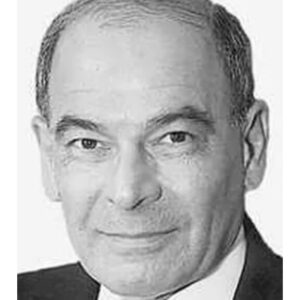
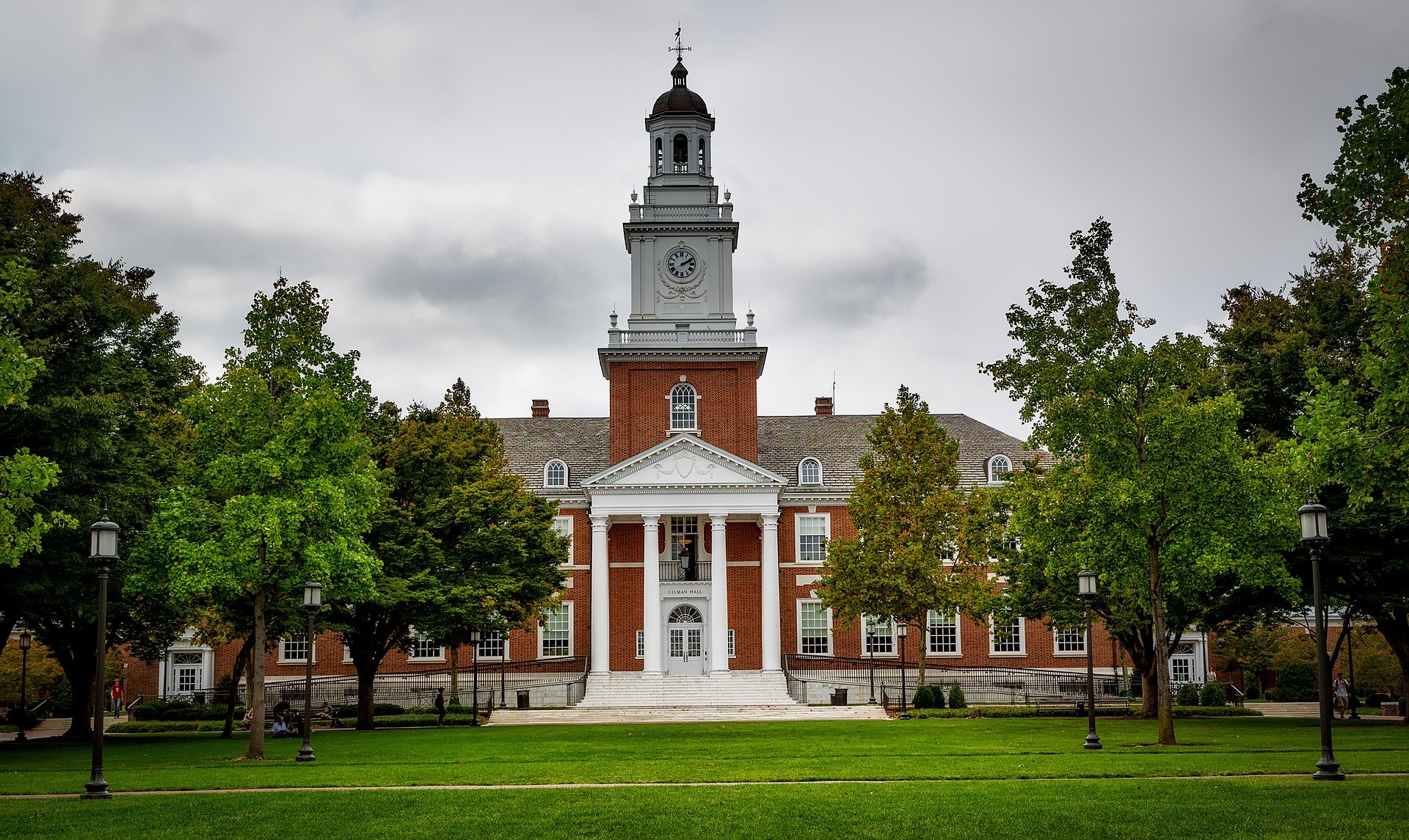
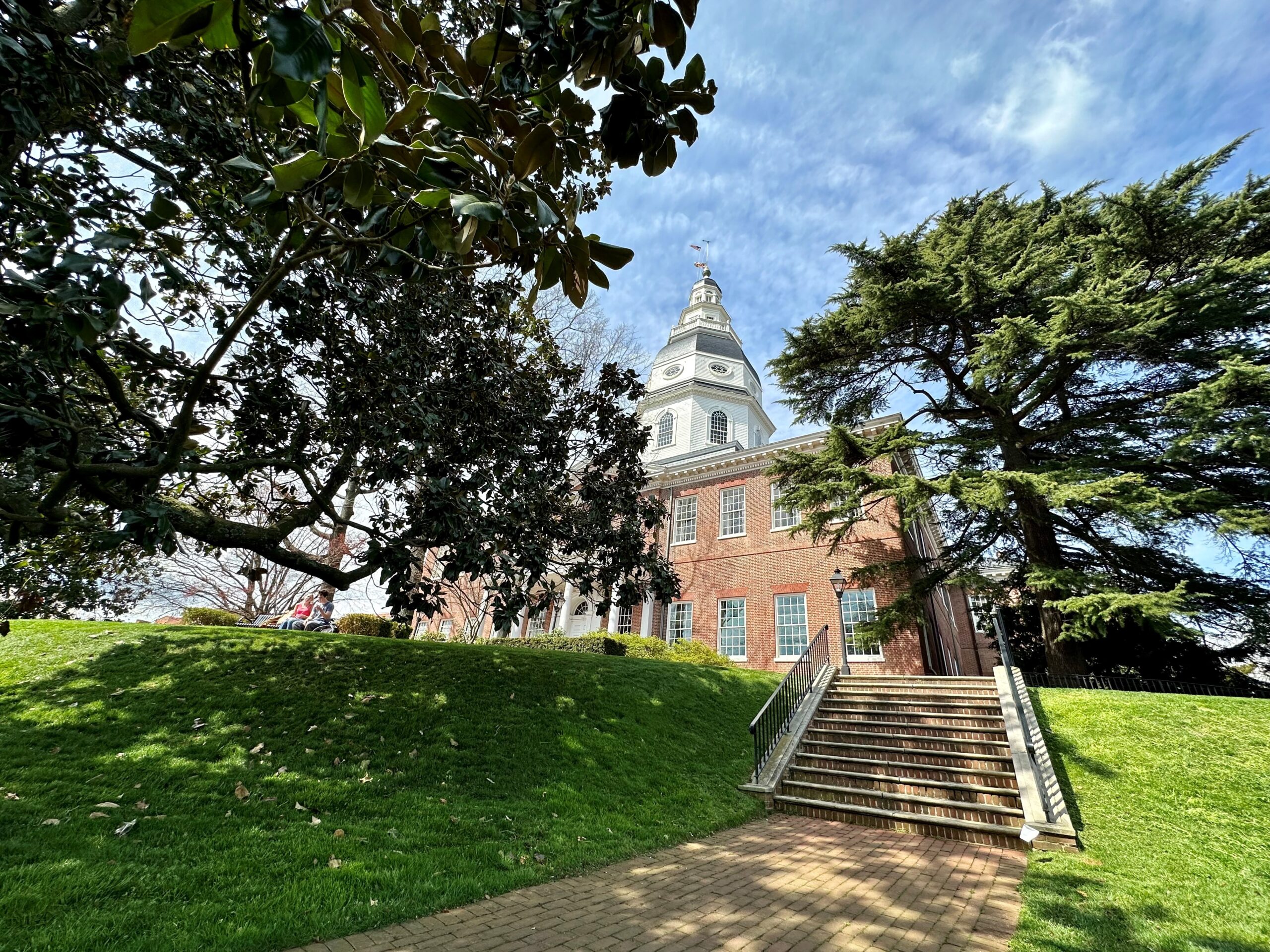
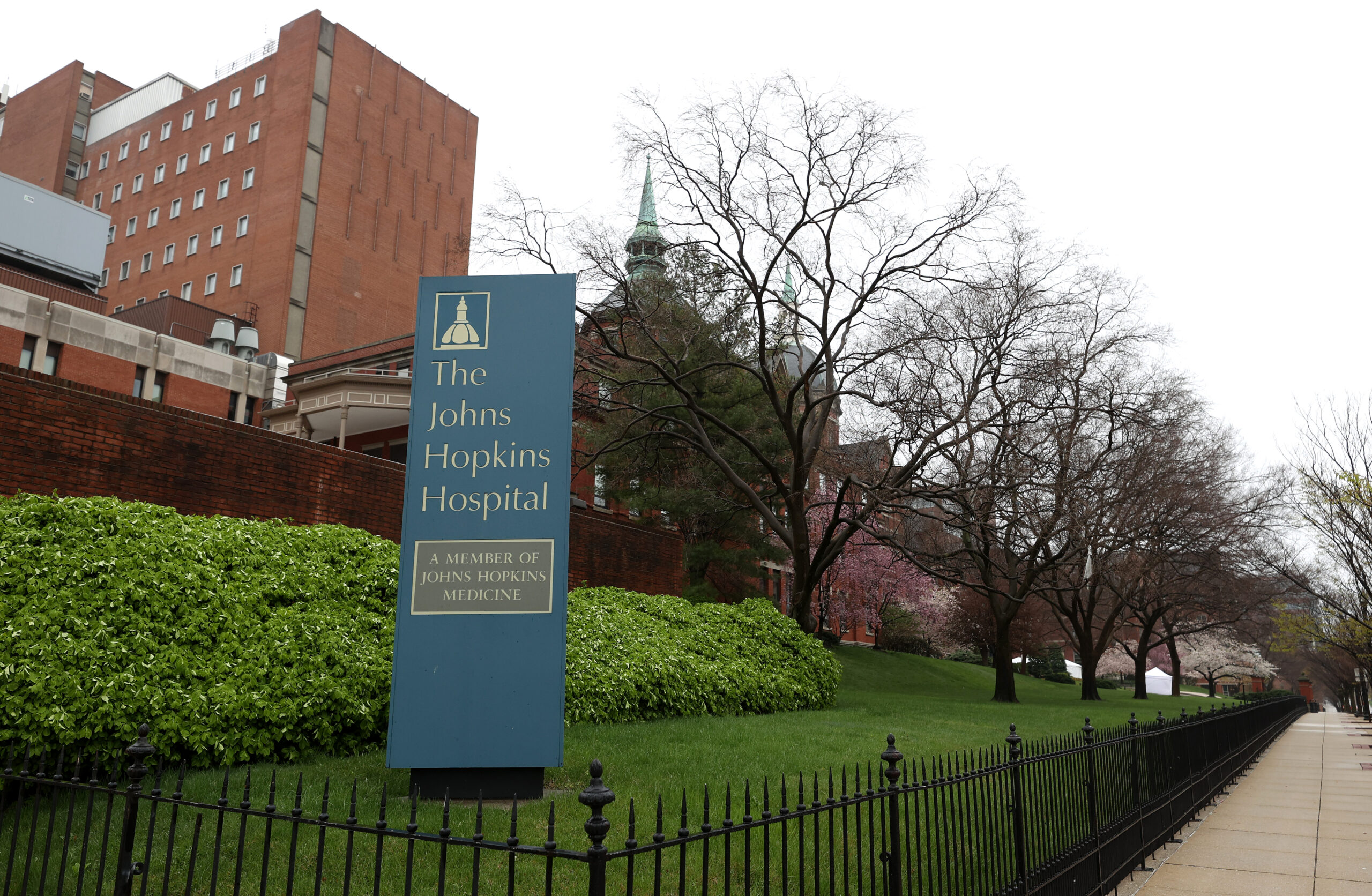
 Creative Commons Attribution
Creative Commons Attribution